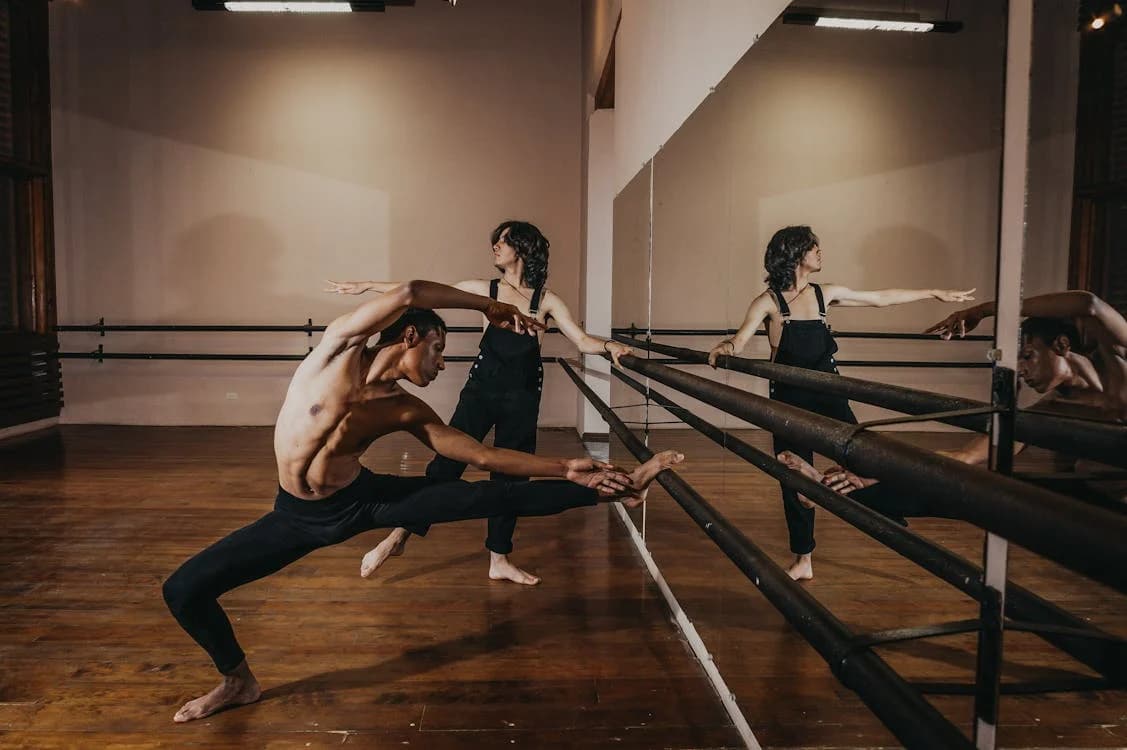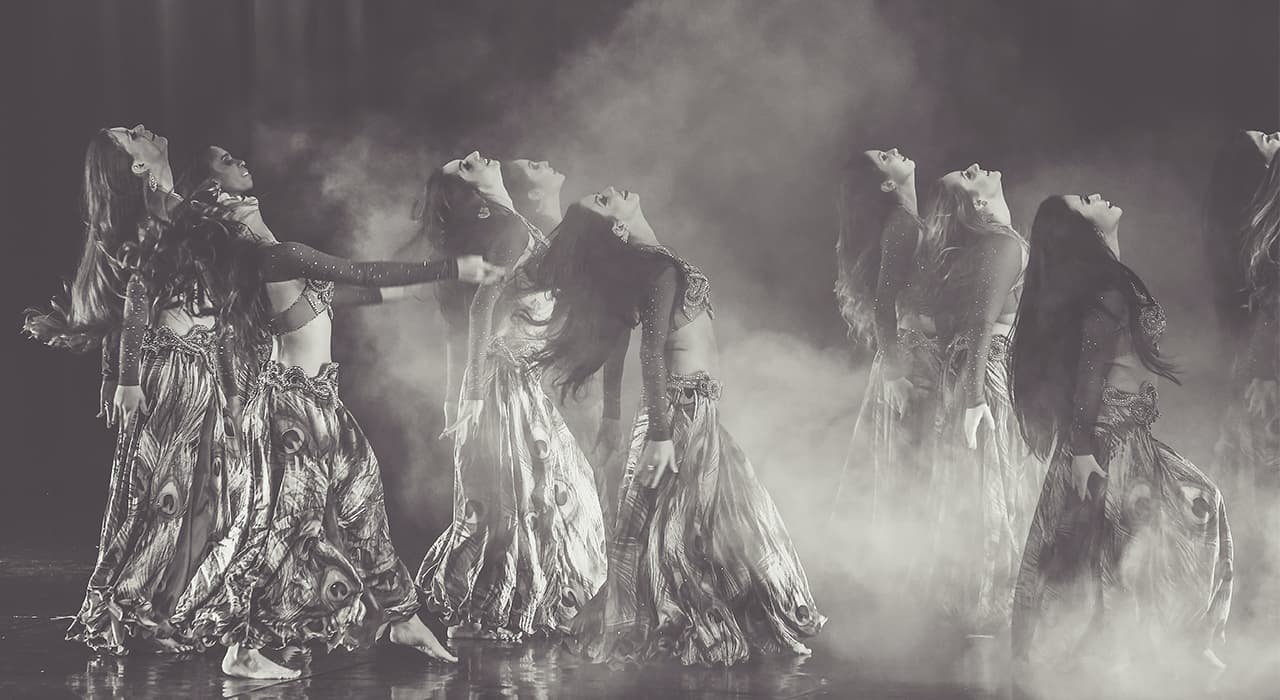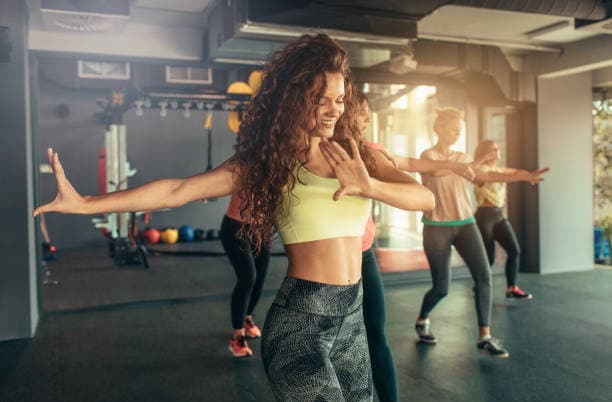Before we learn to speak, we move. A raised arm, a shifting gaze, a trembling step—our bodies communicate long before our voices do. In many ways, dance is the purest continuation of that language: a way to tell stories without saying a word.
But what happens to this ancient, expressive art form when it enters a digital world—where screens replace stages, and gestures are compressed into seconds?
The answer is not loss but transformation.
The Body as Narrative
Dance has always been about more than steps. It’s about tone, energy, and intention. A dancer’s choices—whether sharp or soft, sustained or sudden—create an emotional arc, a character, and a moment of connection.
Where words can sometimes fail, movement speaks in nuance. Grief slumps the shoulders. Joy lifts the chest. Uncertainty hovers at the fingertips.
This physical storytelling is deeply human, and its universality makes dance so adaptable to new platforms and formats.
From Stage to Screen
In the digital era, dance has found a new home. Choreography reaches millions on platforms like Instagram, TikTok, and YouTube. Dancers no longer need a theater but a phone and a spark.
Of course, digital constraints change the way dance is created and shared. Movements become tighter, and transitions are quicker. Stories are told in 15 seconds rather than 15 minutes. But within those limits, new creativity emerges.
Micro-narratives unfold through everyday movement: a raised eyebrow during a pop-and-lock sequence, a costume change that punctuates a phrase, and a shift in lighting that transforms the emotional tone mid-reel.
Dance in the digital world is less about grand arcs—and more about sharp, powerful fragments of meaning.
Intimacy in the Frame
What digital dance lacks in spatial presence, it gains in proximity. The camera brings the audience inches from the performer’s face, and every breath, blink, and bead of sweat becomes part of the story.
This intimacy allows for a new kind of emotional translation. Instead of projecting to the back row of a theater, dancers invite the viewer to sit inside the moment. Vulnerability becomes visible in a way that’s hard to achieve on stage.
The result? A more personal kind of storytelling—raw, direct, unfiltered.
The Rise of Personal Choreography
Not all digital dance is about perfection. One of the most compelling shifts is toward authenticity.
More and more, dancers use movement not to impress but to express. Everyday gestures, improvisation, and even “bad” take become part of the emotional arc. The goal is not to showcase a polished product but to communicate something real.
A teenager spinning alone in their bedroom becomes a narrator of their own life. A professional dancer breaks down mid-practice and shares it. A duet happens between strangers across time zones. These are stories we never would have seen in the traditional dance world—and yet they resonate deeply.
Challenges and Possibilities
Of course, not all stories translate easily to screen. Some choreographies are designed for space, silence, and a live audience’s collective heartbeat. There’s a depth of experience in live performance that no camera can replicate.
But digital tools also open new doors: augmented reality, motion tracking, and interactive choreography. Dancers now collaborate across continents, and movement becomes part of gaming, installation, and virtual design.
In this evolving space, storytelling through dance becomes not just a preservation but a rewriting of tradition.
Final Thoughts
Dance has always been a bridge between the physical and the emotional. In a world increasingly shaped by screens, that bridge is more important than ever.
The stage may be smaller. The audience may be silent. But the stories remain—carried in a turn of the head, a fall to the floor, a hand reaching toward the light.
And wherever there’s movement, something will always wait to be told.



